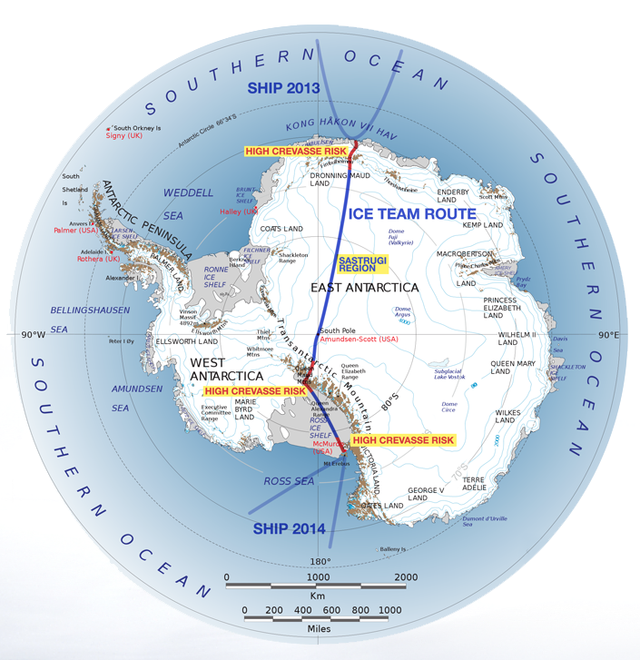
“There is no colder part of the Earth than the surface of the Antarctic
icecap in winter.” — expert senior meteorologist Jim
Andrews
No one has ever attempted to cross Antarctica on foot during winter, when temperatures can dip below . At the ripe old age of 68, 25 years after he said such an expedition was impossible, Sir Ranulph Fiennes said he will be the first to try. We've listed all of his reasons for going below, along with the rest of the details about the quest he is calling The Coldest Journey.
WHO: Veteran polar explorer and will make their way across Antarctica while supported by a much larger . Fiennes, who has been called the greatest living explorer by the Guinness Book of World records, climbed Everest, run seven marathons on seven continents in seven days, and journeyed around the world through both poles.
WHAT: This will be the attempted on foot during winter. The team will cover roughly 2,000 miles at an average elevation of roughly 10,000 feet, often in the dark, through temperatures that may dip below -120 degrees Fahrenheit. Two 20-ton tractors will haul sleds outfitted with living quarters, supplies, and roughly 41,000 gallons of fuel behind the explorers. The crew will drag ground-penetrating radar devices behind their skis to monitor for dangerous crevasses that the tractors could fall into.
WHEN: On December 6, 2012, the team will board a ship bound from London to Antarctica. By March 21, 2013, they hope to begin a roughly six-month journey to go from the Russian base of Novolazareskaya, via the South Pole, to Captain Scott's base at McMurdo Sound.
WHY: There are a slew of reasons given in the . The Coldest Journey hopes to raise $10 million for the non-profit . Fiennes and his crew want to gather information so scientists can better understand climate change. But perhaps nothing answers the question better than this quote from Fiennes, which appeared in an article: “We heard a rumour that Norwegian explorers were contemplating this. We realized we were going to have to have a go.”
SPONSORS: .
FOLLOW ALONG: , , and .
—Joe Spring